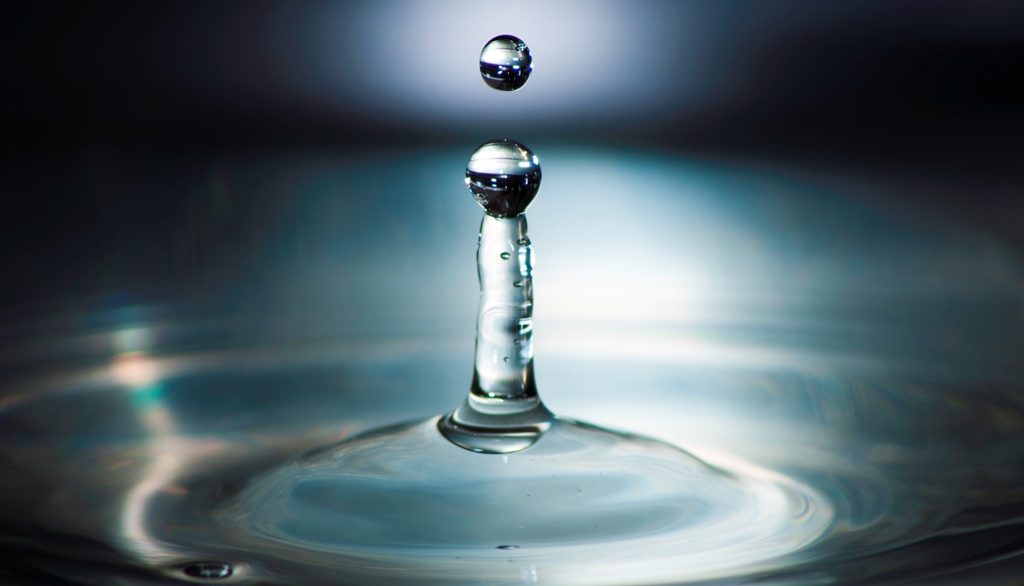
Clean Water Action believes that everyone has a right to safe and affordable drinking water.
To make this a reality, it is vital to put drinking water first. To do that it is important that elected and appointed officials at every level of government make decisions with drinking water in mind. That means they consider the downstream impacts on drinking water sources of agricultural, industrial, and every day activities and protect our drinking water sources.
Unfortunately, Minnesota is not putting drinking water first. According to the Minnesota Department of Health’s Annual Drinking Water Report, 537 public water supply wells across the state have elevated nitrate levels, and roughly 10 percent of private wells in vulnerable areas already exceed health limits. The cost to treat drinking water for nitrates to make it safe to drink is high -- 10 communities in Minnesota will face bills in the thousands of dollars per household. That is not affordable for all Minnesotans. The solution to these problems is to put drinking water first by addressing this problem at the source. Minnesota officials, farmers, and communities must find ways to reduce runoff from farm fields that contain excess amounts of nitrogen, which pollute drinking water with nitrates.
Nearly 75% of Minnesotans get their drinking water from groundwater sources. To protect groundwater the legislature passed the Groundwater Protection Act in 1989. The Act directs the MDA to promote voluntary pollution prevention by reducing the use of chemical fertilizer to grow crops. The MDA also has the authority to impose rules that limit cropland pollution of drinking water supplies if voluntary measures are not enough.
Voluntary measures have not been enough. In response to this decades-old problem, the Minnesota Department of Agriculture has proposed a Groundwater Protection Rule to work with farmers and communities in places where nitrates in the water supply are already or are approaching unsafe levels.
As of June 2018 the MDA engaged with more than 1800 people in 17 public meetings around the state. The agency has reviewed more than 800 written comments from the public. The 2-part draft rules leave much to be desired, but it is a step in the right direction that will start the conversation and begin to implement solutions to protect our drinking water.
The primary flaw in the draft rule is the reliance on adoption rates of nitrogen fertilizer recommendations — guidelines that were crafted to maximize profit, not to protect groundwater and drinking water sources. The draft rule lays out four levels of intervention when drinking water is contaminated. Each has criteria that determines if groundwater is not at risk because levels of nitrate do not exceed certain health based levels, or continues to the next step in mitigation to reduce the amount of nitrate in these drinking water resources.
The MDA proposes to prohibit level three and four regulation based on adoption of "best practices" which were never intended to prevent drinking water contamination. These practices were created to help farm operations maximize profit, even at application rates the state acknowledges will lead to extremely high concentrations of nitrate in farm runoff.
The University of Minnesota Extension's “Best Management Practices for Nitrogen Use in South-Central Minnesota," recommends that “Maximum Economic Return to N” or MRTN rates are used to calculate the economically optimal fertilizer application ratio. In the example used, the MRTN rate was found to be spring-applied at 120 pounds per acre. But Table 2 of that same document concludes that the recommended spring application of nitrogen fertilizer at 120 pounds per acre would yield nitrate loss at concentrations of 13.7 mg/l — a level well above the state’s Health Risk Limit of 10 mg/l.
Clean Water Action is disappointed that this rule does not extend all protections to those Minnesotans who may need it most — private well-owners even though elevated nitrate levels have been found in private wells across the state. Many thousands of Minnesota families, especially in rural areas, rely on private wells for their drinking water. Yet these families will remain at the mercy of voluntary actions to protect their water — actions that have failed over the last generation. They will not receive even the modest drinking water protections that their neighbors in town will receive under this rule.
Secondly, the pace of change built into the rule’s framework for well protection is far too slow. A farm operating on a public water supply wellhead area can go many years before being required to adopt the practices needed to effectively protect the community’s drinking water. Communities shouldn’t have to wait a decade or more for safe drinking water.
All Minnesotans have a right to safe and affordable drinking water and we think for the reasons laid out above the Groundwater Protection Rule does not go far enough to ensure farmers are doing what they can and as quickly as we need them to ensure clean water. We need you to get engaged to tell the MDA they need to improve this rule!
Going Forward
This rule represents a start and an opportunity to show that we can act to protect our drinking water supplies, so that everyone benefits — farm operators, local economies, and communities who drink the water. But we can’t protect just some residents; we look forward to working with MDA to strengthen the proposed rule to leave no residents behind. All Minnesotans have a right to clean, safe and affordable drinking water.
We stand ready to work with Governor Dayton and his agency to stop any attempts to rollback their authority to act to protect our public health and water quality. And we will need your help in the coming months to make this a reality. If you are interested in getting more involved or have any questions, please contact Steve Schultz, Water Program Coordinator at sschultz(at)cleanwater(.)org. We look forward to hearing from you!
